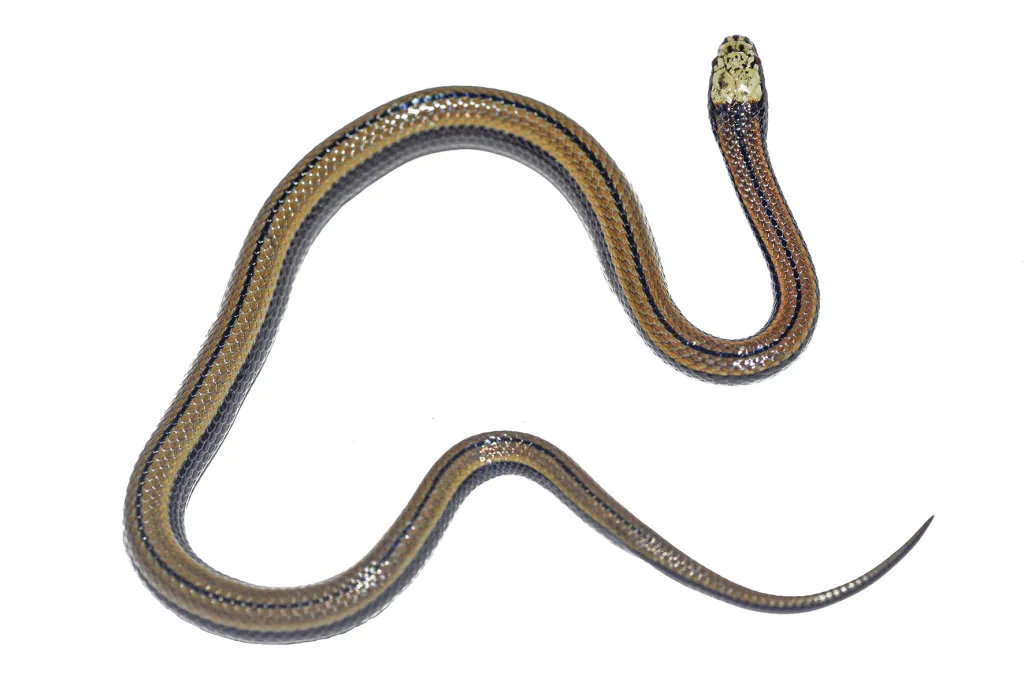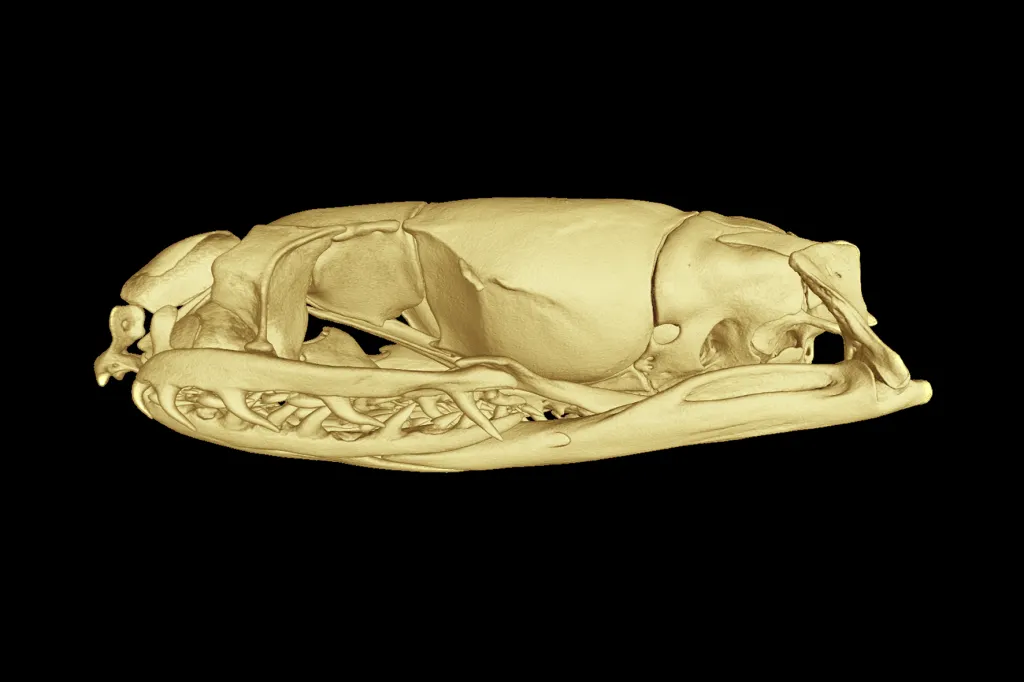
A new species of snake has been named after a professor from the University of Łódź.
The previously unknown species of red-eyed snake named Paikwaophis kruki after the Dean of the Faculty of Biology and Environmental Protection Professor Andrzej Kruk was found during a National Geographic research expedition to the highlands of western Guyana.
Discovered by Professor Philippe Kok, a biologist and herpetologist from the university, he decided to name it after Professor Kruk for 'his friendship and influential contribution to enhancing the quality of research at the University of Łódź'.
After careful examination of the snake's external morphology and 3D reconstruction of its skeleton (based on µCT scanning), as well as molecular analyses, it turned out that the small snake belongs to a previously not described genus of the family Dipsadidae. This large family of snakes includes about 100 genera and over 800 species, most of them found in the Neotropical region.
The research results have been published in the Zoological Journal of the Linnean Society.
Professor Kok and his American colleague Dr. D. B. Means named the first part of the new genus Paikwaophis, which refers to the area where the specimen was collected (close to the Paikwa River in western Guyana).
Paikwaophis kruk is a tiny, immature specimen barely reaching 180 mm. The only known specimen was found crawling among the leaf litter over a peaty soil in a remote and pristine cloud forest between two sandstone table mountains (tepuis): Roraima-tepui and Wei-Assipu-tepui.
Based on molecular data, its closest relative was determined to be the genus Xenopholis, widespread in South America.
The snake probably lives under the ground or both under the ground and on the surface. According to the researchers, this might explain why it has never been seen before. It spends most of its life in the soil, only irregularly coming to the surface. It is not venomous and feeds on tiny lizards according to its stomach contents.
Professor Kok is a leading authority in tepui herpetology/biology. He is a field biologist, herpetologist, ecologist, and evolutionary biologist, currently working on population genomics, population dynamics, and ecology of amphibians and reptiles, mainly across table mountains in Pantepui (the famous Arthur Conan Doyle’s Lost World). He has described 58 new amphibian and reptile taxa.
The researcher also has 'his own' dedicated species. A team of American and Canadian scientists recently described a new species of frog and named it after the professor - Pristimantis koki. Earlier, Professor Philippe Kok discovered a new species of snail, which in turn was described by a Dutch biologist as Plekocheilus philippei. (PAP)
Agnieszka Grzelak-Michałowska
agm/ agt/ kap/
tr. RL
Gallery (2 images)
-
 1/2Paikwaophis kruki. Credit: DB Means
1/2Paikwaophis kruki. Credit: DB Means -
 2/2Paikwaophis kruki. Credit: P.J.R. Kok
2/2Paikwaophis kruki. Credit: P.J.R. Kok













